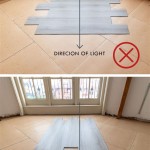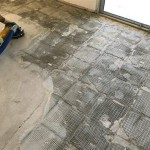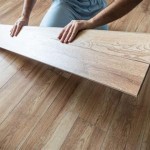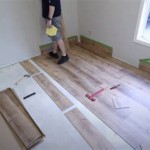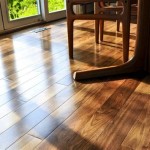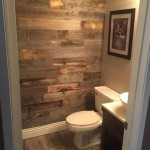Unveiling the Best Direction to Lay Wood Flooring: A Comprehensive Guide
Wood flooring, with its timeless elegance and warm ambiance, adds an undeniable charm to any space. However, determining the optimal direction to lay it can be a crucial decision that significantly impacts the flooring's overall appearance and functionality.
Considering Room Dimensions and Layout
The directionality of wood flooring can visually alter the perceived size of a room. Laying planks parallel to the longest wall makes narrow rooms appear wider, while placing them perpendicularly creates a more intimate feel. In large rooms, running the planks diagonally adds a touch of drama and movement.
Natural Light Orientation
Sunlight plays a significant role in highlighting the grain and character of wood flooring. If natural light primarily enters from one side, installing planks parallel to the light source minimizes the appearance of scratches and imperfections. Laying them perpendicularly accentuates the natural grain patterns and adds depth to the floor.
Traffic Patterns and Functionality
The direction of foot traffic should be taken into consideration to maximize the longevity of wood flooring. Laying planks perpendicular to the main flow of traffic reduces wear and tear, as scratches and dents are less noticeable. In areas with heavy foot traffic, running the planks diagonally distributes pressure more evenly.
Matching Existing Structures
In homes with existing architectural features such as fireplaces or built-in cabinetry, matching the flooring direction to these elements creates a cohesive and harmonious design. If the fireplace is the focal point of a room, running the planks towards it draws the eye and enhances its presence.
Subfloor Considerations
The type of subfloor also plays a role in determining the best flooring direction. Plywood subfloors, with their cross-grain construction, provide added stability when planks are installed perpendicularly. On concrete subfloors, running the planks parallel helps prevent moisture issues and potential buckling.
Visual Impact and Style
Ultimately, the direction of wood flooring is a matter of personal preference and design aesthetics. Herringbone and chevron patterns create stunning visual effects, while straight runs offer a classic and timeless look. Experimenting with different directions can help you discover the most appealing layout for your space.
Professional Installation Advice
While DIY flooring installation is possible, consulting with a qualified flooring professional is highly recommended. They can assess your room, subfloor, and desired style to determine the best direction to lay your wood flooring. By following these guidelines and seeking professional advice, you can create a stunning and durable wood floor that will enhance the beauty and functionality of your home for years to come.

Which Direction To Lay Your Hardwood Flooring Construction2style

Which Direction To Lay Your Hardwood Flooring Construction2style

Which Direction To Lay Your Hardwood Flooring Construction2style

Which Direction To Lay Your Hardwood Flooring Construction2style

Which Direction To Lay Your Hardwood Flooring Construction2style

Hardwood To Stair Transition Complete How Guide Easiklip Floors

Which Direction To Lay Your Hardwood Flooring Construction2style

A Guide To Subfloors Used Under Wood Flooring Floor Business

How To Refinish Hardwood Floors

Diy Guide How To Professionally Sand Wooden Floors Floorboards
See Also
